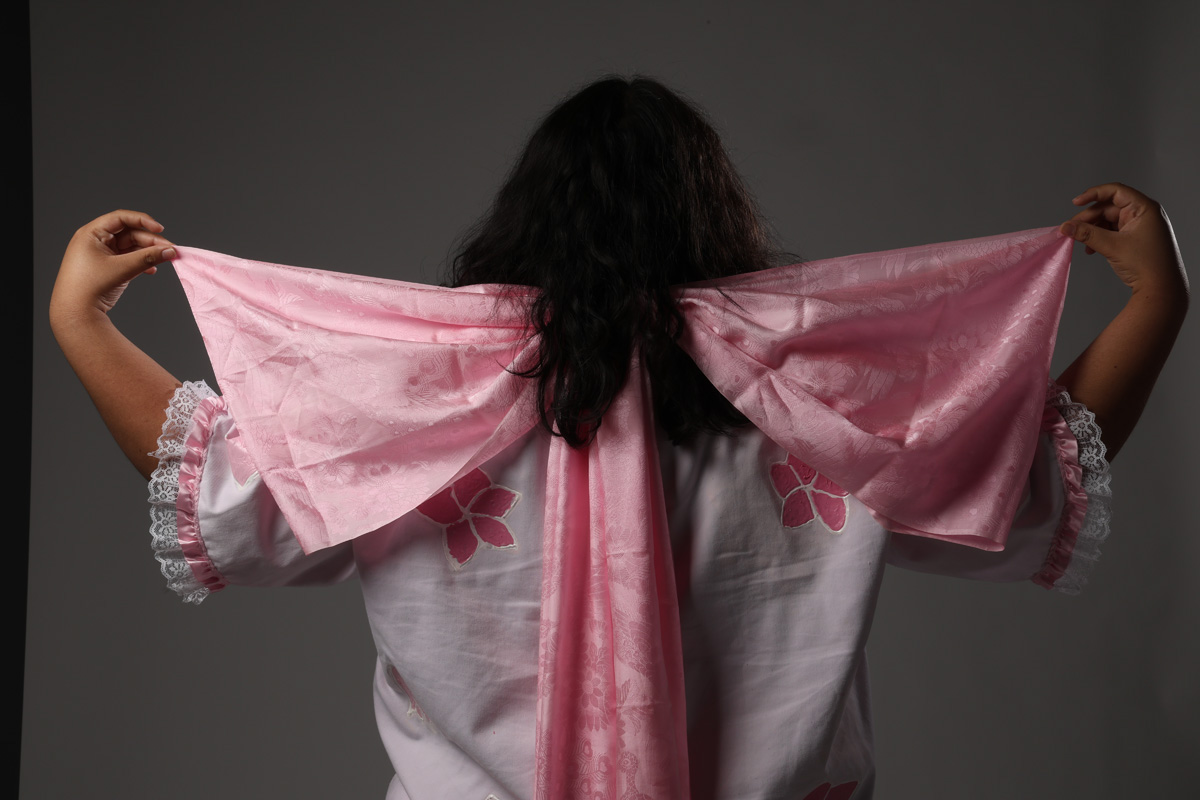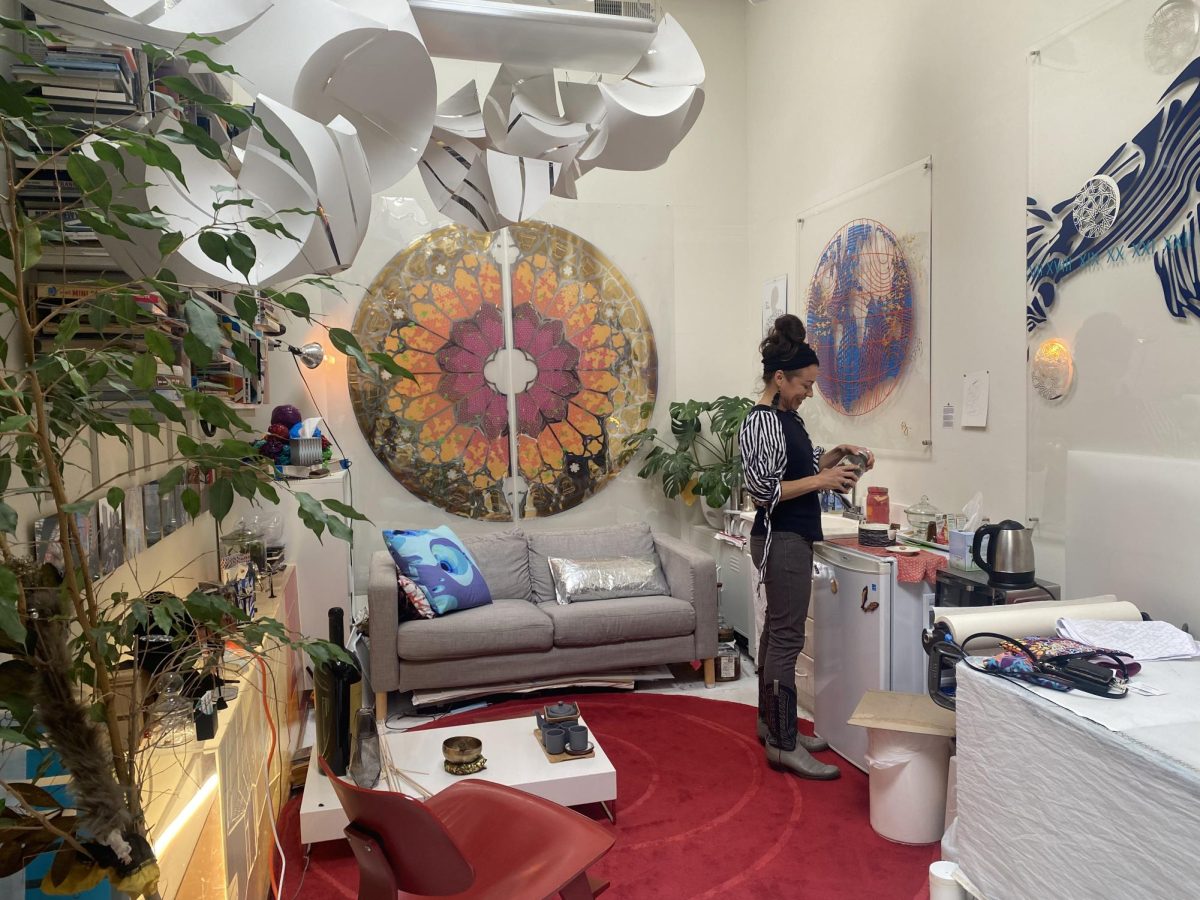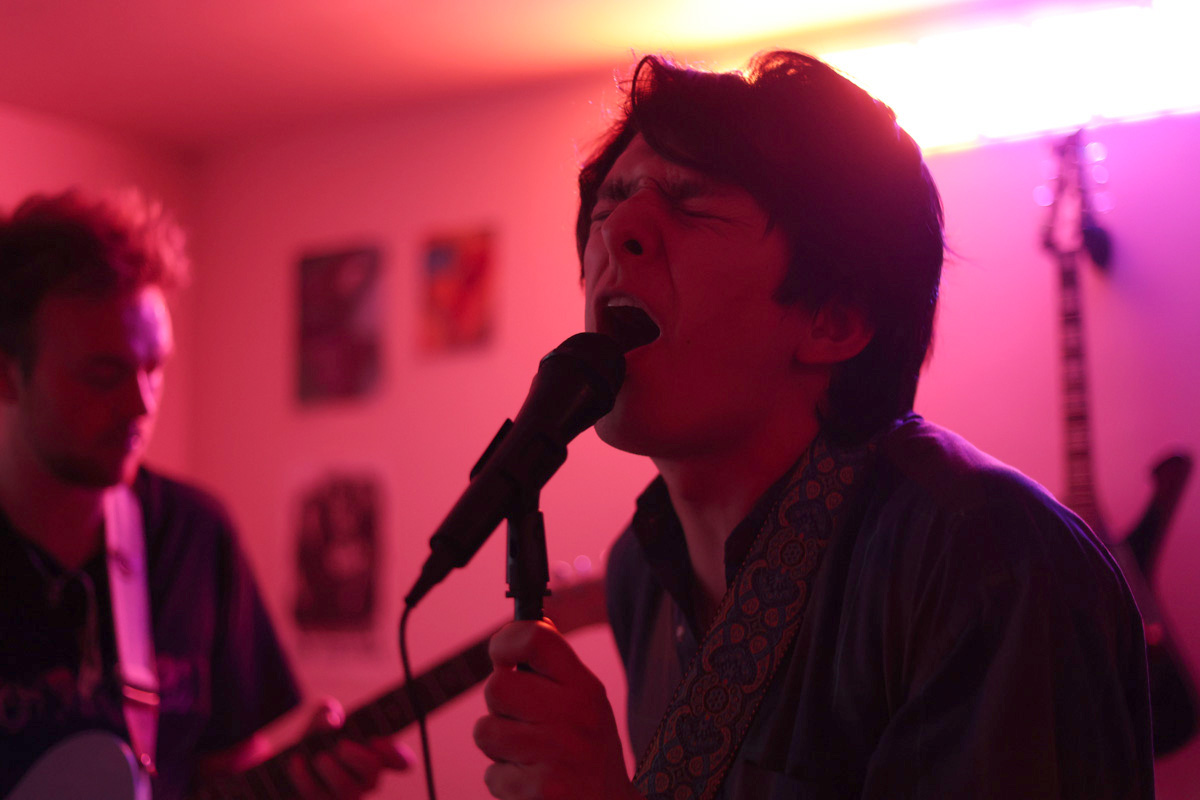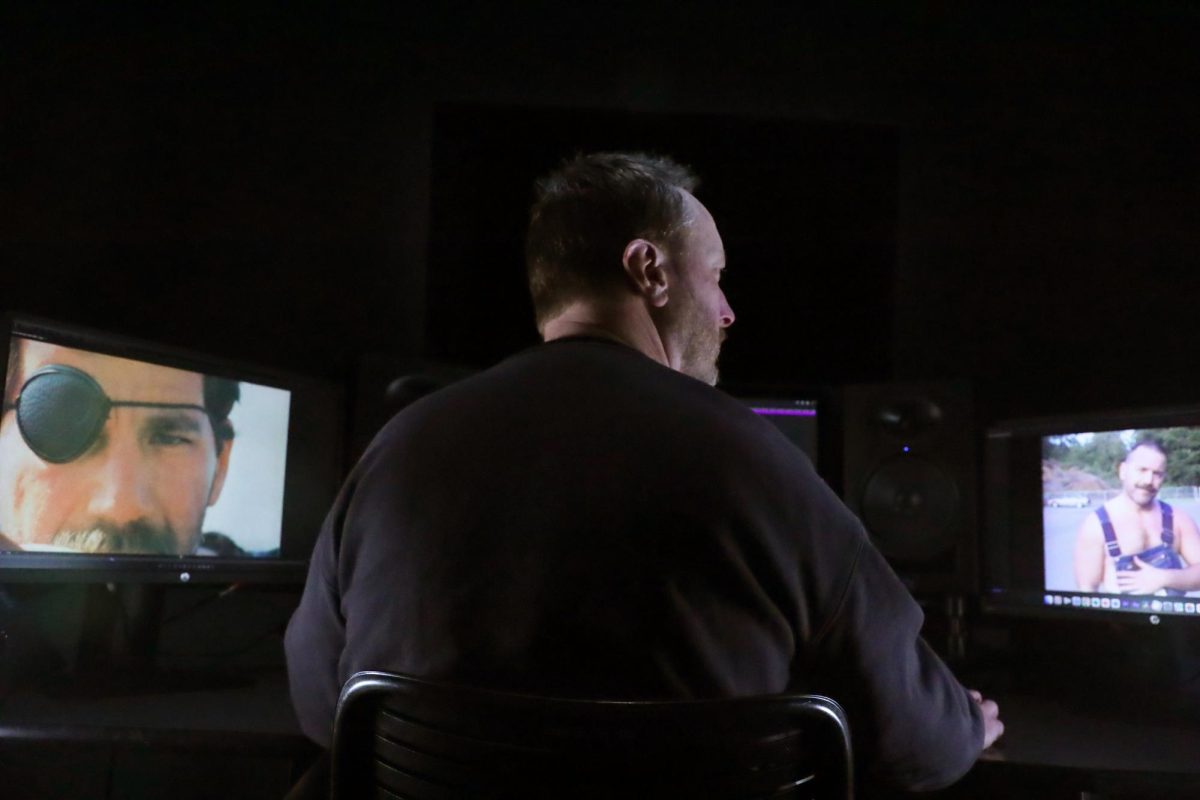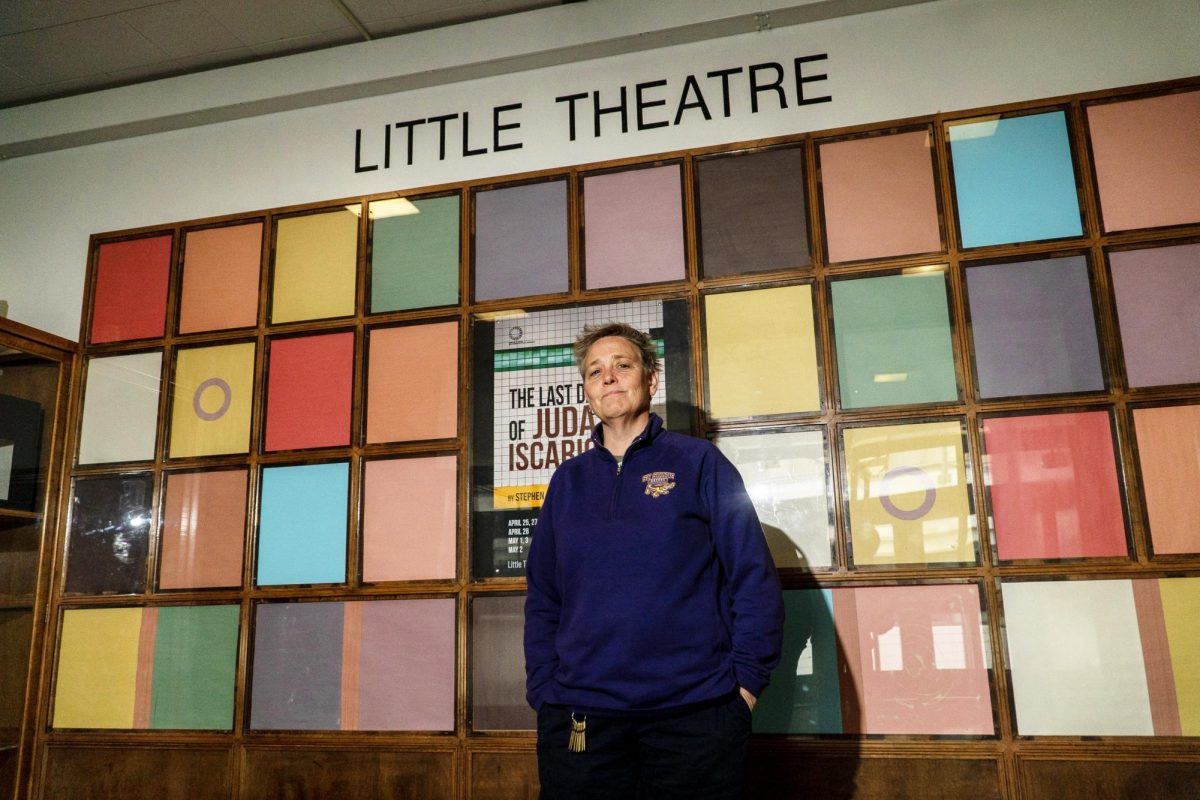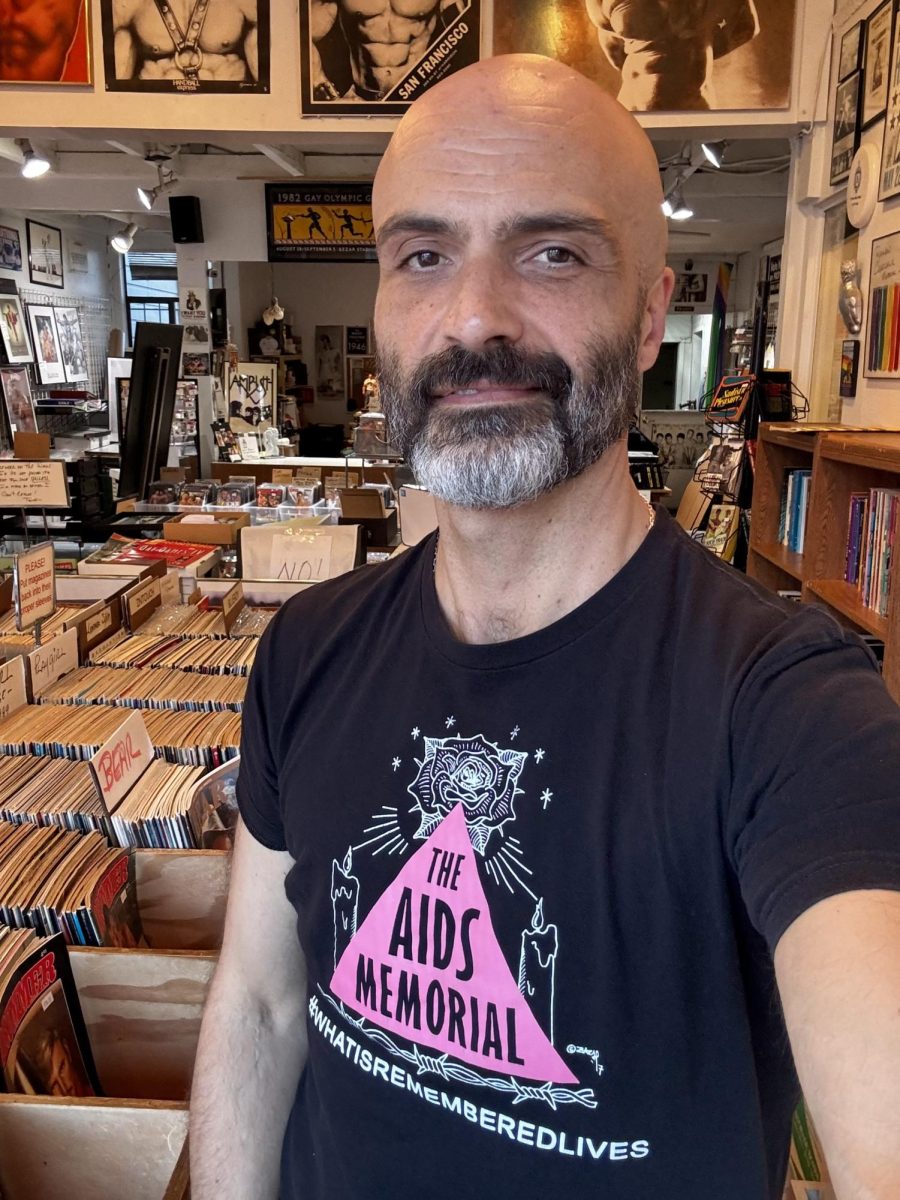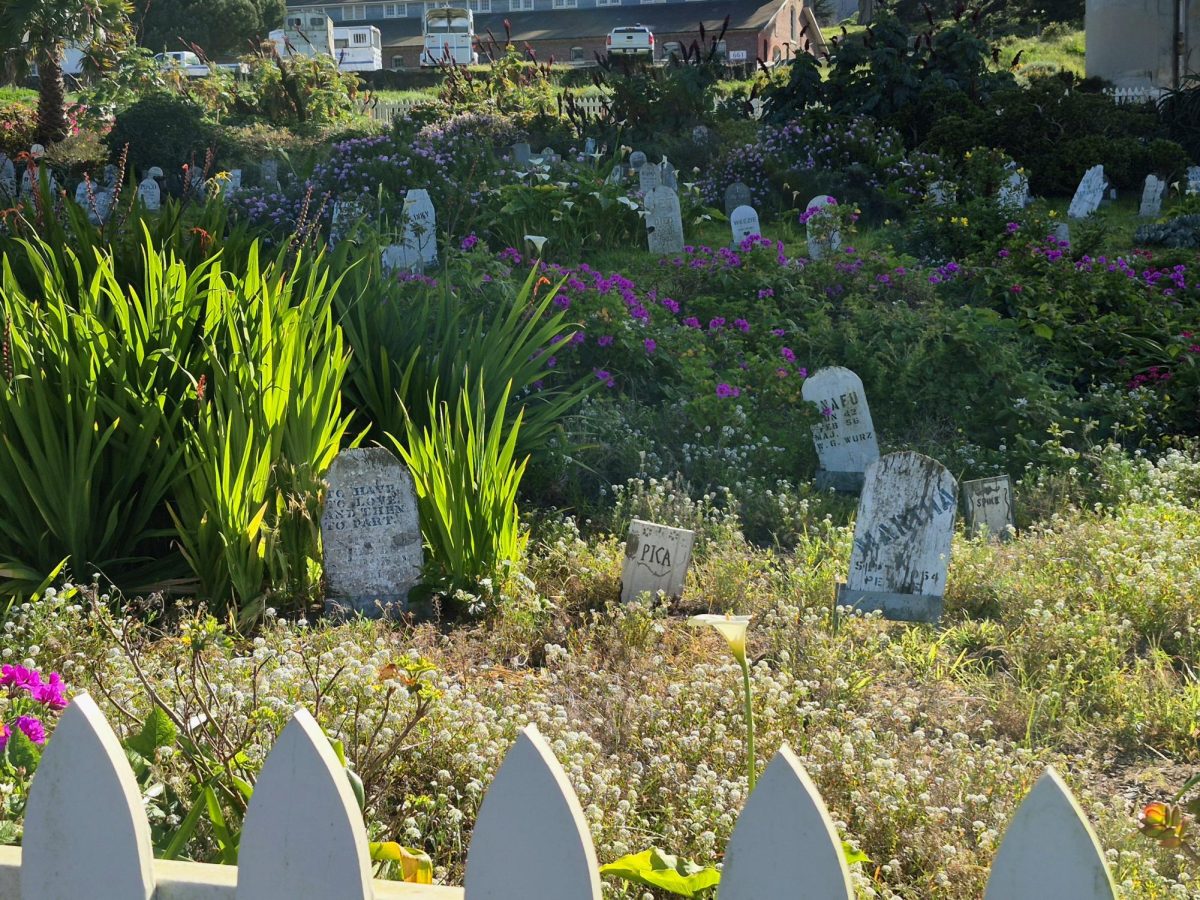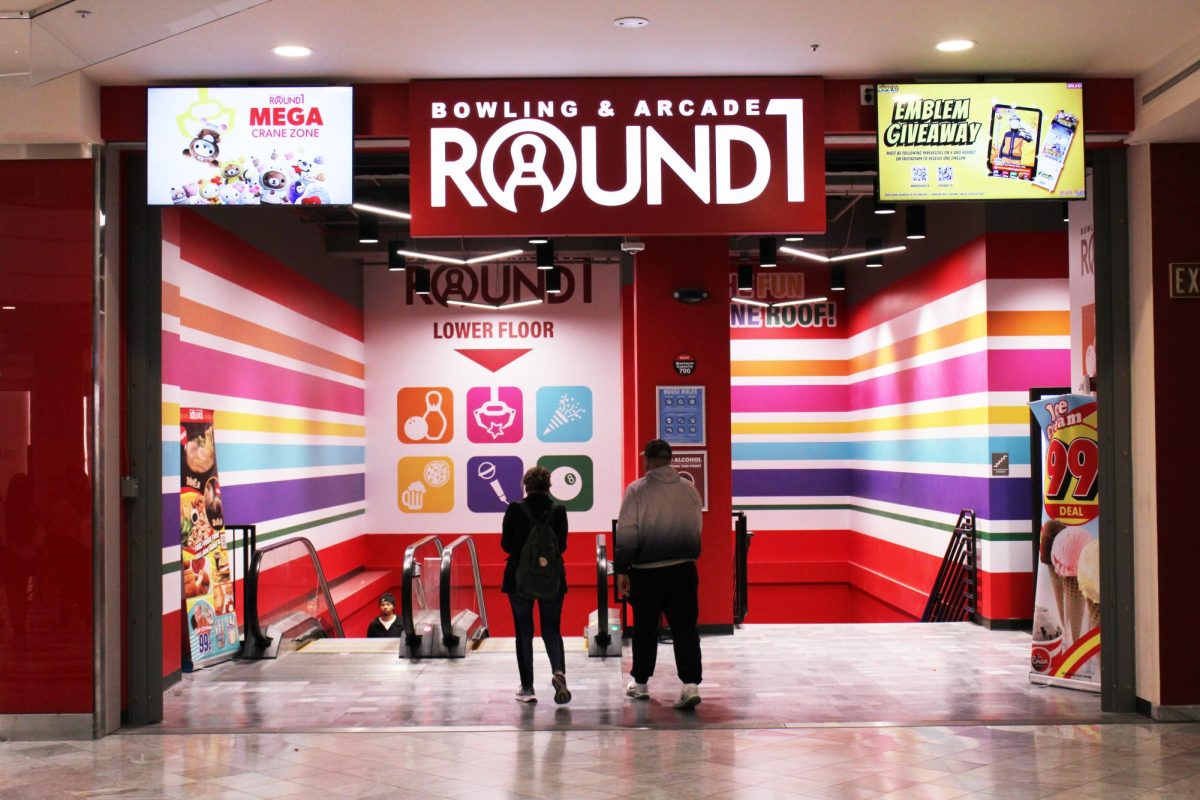
The de Young Fine Arts museum located in Golden Gate park has opened its Keith Haring exhibit called Keith Haring: The Political Line. This is the first exhibition in the United States to feature the deeply political nature of the art of Keith Haring, American pop artist and social activist of the 1980s.
The Political Line assesses the political dimension of Haring’s artistic and social concerns. It displays more than 130 works with a variety of media including large scale paintings on canvases and tarpaulins, drawings, subway drawings, and sculptures. Much of the works are on loan from the Keith Haring Foundation, New York. It displays Haring’s artistic response to racial inequality, capitalism, consumerist excess, homophobia, dictatorship, environmental degradation, atomic war, and the excesses of technology, and mass media.
Haring created many works for different venues all throughout San Francisco during his lifetime, including an outdoor sculpture, “Untitled (Three Dancing Figures)” (1989), located at Third Street and Howard, murals for DV8, an underground club once located in the SOMA neighborhood, a multi panel painting for the South of Market Child Care Center, and an altarpiece called “The Life of Christ” (1990) in the AIDS Chapel at Grace Cathedral.
Keith Haring’s art was heavily recognized in the New York City street culture of the 1980s and is known as pop and graffiti art. Haring started receiving attention in the subway stations of New York City starting around 1980. His vivid colors, bold lines, and repetitive active figures became his signature style and reflected strong messages that the artist carried with him through his art. He became good friends with the likes of Andy Warhol, Madonna, Yoko Ono, Grace Jones, Futura 2000, Jean-Michel Basquiat, Bill T. Jones, and more.
[widgetkit id=8571]
Throughout the early 80s, Haring’s work was seen all around the city and in organized exhibitions like Club 57. But his real breakthrough came in 1984 when Haring visited Australia and received a commission from the Australian Centre for Contemporary Art and the National Gallery of Victoria to create a mural. Later he designed a jacket worn by Madonna in a funky pink wig for a performance of her song “Like a Virgin” in Solid Gold, a TV dance program. Haring’s work quickly became iconic and distinct, and shortly after that, very commercialized.
Eventually, Haring opened two Pop Shops in Soho and Tokyo that sold voluminous archives of his designs. Every inch of the store was devoted to his work including floor-to-ceiling murals which gave off a clubhouse atmosphere.
“My shop is an extension of what I was doing in the subway stations, breaking down the barriers between high and low art,” said Haring, when asked about the commercialism of his work. “My work was starting to become more expensive and more popular within the art market. Those prices meant that only people who could afford big art prices could have access to the work. The Pop Shop makes it accessible.”
Even though the Pop Shops eventually closed, the Keith Haring foundation offers the work through an online Pop Shop.
Throughout his career, he produced more than 50 public artworks between 1982 and 1989 all over the world, much of which was created specifically for hospitals, charities, children’s day care centers, and orphanages. Crack is Wack, a large mural from 1986 is now a landmark on New York’s FDR Drive. He also created a mural for the 100th anniversary of the Statue of Liberty, in which Haring worked with 900 children, and a mural painted on the western side of the Berlin Wall three years before its fall.
In 1986 alone, Haring was the subject of more than 40 newspaper and magazine articles. His art has become a visual language of the 20th century, approaching social and political issues that, at that time, had little representation in the art world.
Haring was openly gay and in 1988, he was diagnosed with AIDS. In 1989, he established the Keith Haring Foundation to provide funding and representation to AIDS organizations and children’s programs, as well as to broaden the audience for his work through exhibitions, publications, and licensing of his pieces.
Haring died at the age of 31 on a Friday in February of 1990 of AIDS-related complications. Themes of sexuality and AIDS permeates throughout Haring’s work. Sights of sexual penetration are a common occurrence in his art, usually represented by skeletons, monsters, and beasts. He portrayed sexuality with a dark tone as to express sexuality as threatening or silence rather than something positive.
Haring aimed to move away from homosexual stereotypes and subculture, and wanted to heighten the awareness of AIDS through joint lenses of political power, religious institutionalism, and anti-sexual morals. He was one of the first artists to present homosexuality through art in a politically progressive way, and truly captured his homosexual sexual activity and unfortunate diagnosis of AIDS.
Although his emblematic career was brief, Haring’s passion and messages live on forever through his work. The visual language that he created depicts the life of an artist who confronted real and tough issues with art, style, and street culture.
The Keith Haring: The Political Line art exhibit is available from Nov. 8 through Feb. 16 at the de Young museum.


